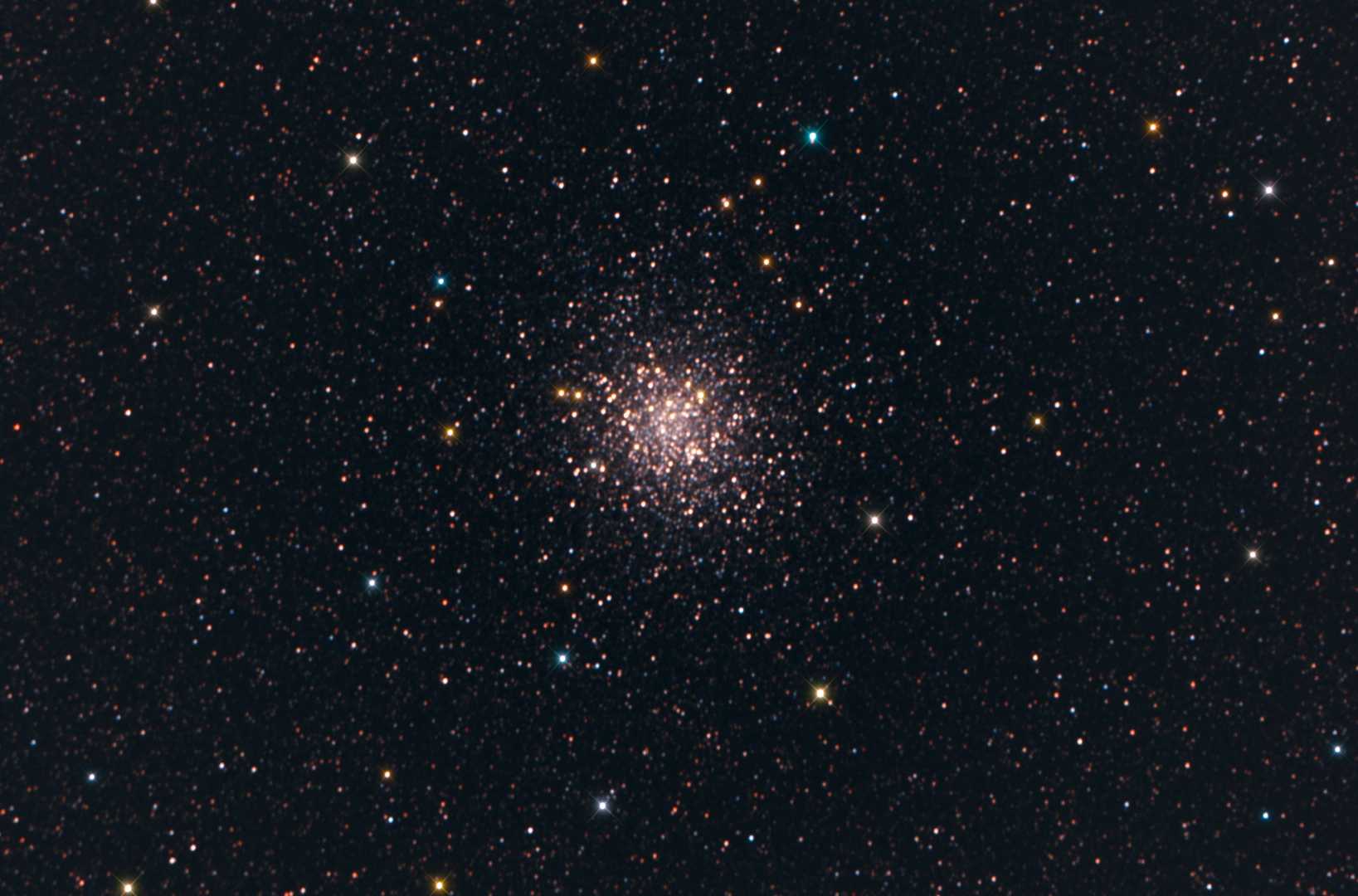News
July 2025: Stargazing Events and What to See in the Night Sky

TORONTO, Canada — The month of July 2025 offers stargazers a wealth of astronomical events, including meteor showers, planetary movements, and notable lunar phases.
On July 4, Mercury will reach its greatest elongation, providing an excellent opportunity to spot the innermost planet low on the northwestern horizon just after sunset. By the end of the month, Mercury will begin retrograde motion, diminishing from a magnitude of 0.3 to 5.3.
Meanwhile, Venus will continue to shine brightly in the eastern morning sky, gradually climbing higher as the month progresses. Observers can expect to see Venus range from a magnitude of -4.2 to -4.0 throughout July, particularly as it approaches the Hyades star cluster.
As dusk settles on July evenings, Mars will be visible in the western sky, appearing as a reddish star. Although its brightness will slightly decrease, Mars will remain a prominent feature until it transitions from Leo into Virgo around July 28.
Saturn and Neptune are also noteworthy this month. Saturn begins retrograde motion on July 14, while Neptune will follow suit on July 5. Both planets will be visible in the southeastern sky before dawn, with Saturn shining at magnitude 1.0 and Neptune at 7.8.
On July 10, the Full Buck Moon will be visible in the night sky, named for the time young deer grow their antlers. This moon will appear low in the sky from the Northern Hemisphere, making it a spectacular sight for observers.
During the Southern Delta Aquariid meteor shower, peaking on July 31, viewers can expect up to 25 meteors per hour. The waxing crescent moon during this time will create ideal conditions for meteor viewing, as it will not obstruct the night sky.
Additionally, July will see Pluto reach opposition on the 25th, allowing it to shine at its brightest in the constellation Capricornus, although it will still be too dim for visual observation without a large telescope.
As July comes to a close, stargazers will be able to observe a series of fascinating celestial events, making it a remarkable month for astronomy enthusiasts around the world.












